Ms. Nguyen Thi Phuong (54 years old) came to Tam Anh General Hospital in Hanoi for examination and was treated with endovascular laser for varicose veins of the lower limbs, which had been a nuisance for many years. The disease that Ms. Phuong thought she would have to live with for the rest of her life has now been completely resolved. After 1 month, the patient no longer felt pain in her legs, no more cramps, no more varicose veins under the skin, and her quality of life has improved.
MSc.BSCKII Nguyen Thu Trang, Department of Cardiology , Tam Anh General Hospital, Hanoi, used a catheter with a laser head inserted through the skin into the large saphenous vein in the lower leg, threading the tube through the vein to the venous loop in the upper thigh. Then, the doctor anesthetized and emitted a laser to generate heat to cause fibrosis of the vessel wall. After about 1 month of intervention combined with wearing compression stockings, the vein was completely closed.
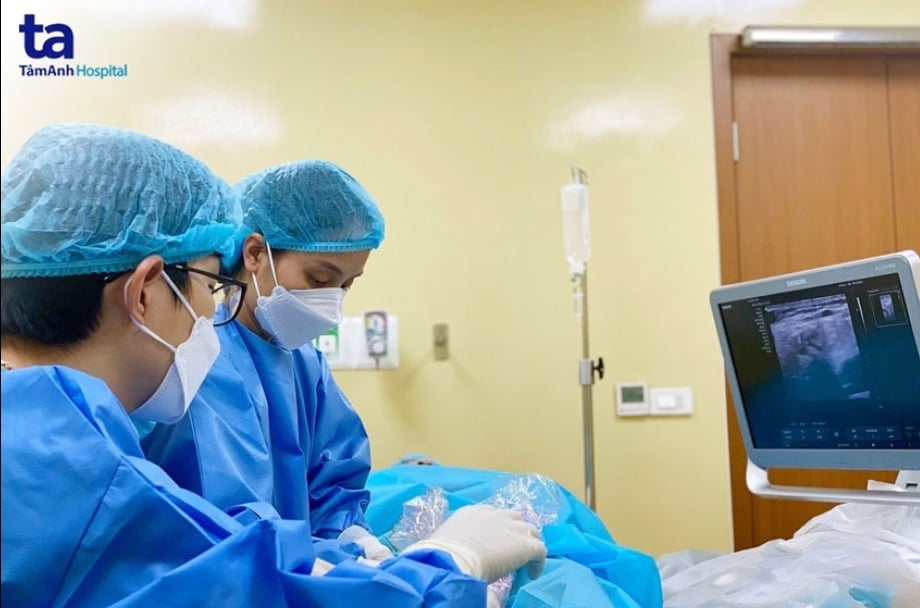
MSc.BSCKII Nguyen Thu Trang is performing laser intervention on a patient with varicose veins. Photo: Tam Anh General Hospital
Ms. Phuong works in a food factory, the nature of her job requires her to stand in one position for a long time. In recent years, she has experienced heaviness in her right leg, especially at the end of the day. There were even days when her leg was swollen, in the morning her shoes fit, but in the afternoon they were too tight. At night, Ms. Phuong often had cramps when going to bed. The persistent symptoms affected her sleep and reduced her quality of life. Recently, she has had additional zigzag lumps under her skin, affecting her appearance and confidence. Previously, although she had been examined at several hospitals and was diagnosed with varicose veins in the lower extremities, she took medication and wore compression stockings but it did not help.
At the Cardiology Department, Tam Anh General Hospital, Hanoi, upon admission, Master, Doctor Nguyen Thu Trang ordered a Doppler ultrasound of the blood vessels to rule out other causes. The doctor determined that Ms. Phuong had CEAP III stage great saphenous vein insufficiency in her right leg, which was the main cause of the uncomfortable symptoms in her legs.
Because she had been treated with internal medicine and wearing compression stockings as prescribed by several hospitals before but did not get better, she was advised by doctors at Tam Anh General Hospital to undergo radical treatment with endovascular laser, an effective treatment method for lower limb venous insufficiency with reasonable cost, short treatment time, and discharge on the same day.
After treatment, Laser patients need to wear socks according to the doctor's instructions and monitor the symptoms that the doctor notes for re-examination if there are any abnormalities. Patients need to continue to maintain and follow the lifestyle of patients with venous disease, avoid standing for long periods, sitting in one position for long periods, drink enough water, control weight...
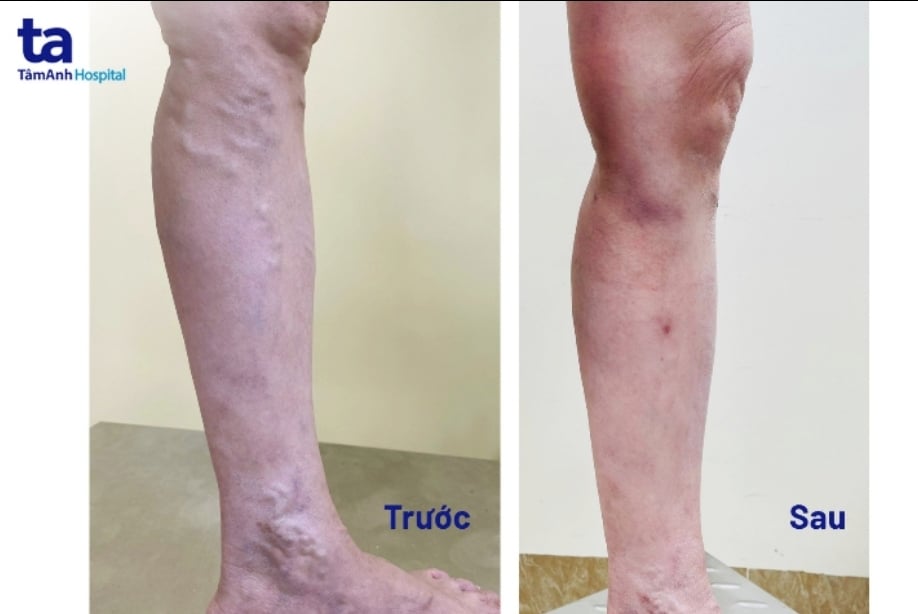
Image of patient's legs before and after treatment for varicose veins. Photo: Tam Anh General Hospital
Varicose veins of the lower extremities, also known as varicose veins of the legs, is a condition in which blood in the venous system stagnates in the legs, not going up the vena cava to return to the heart as usual. This condition increases hydrostatic pressure in the veins, causing the veins to dilate.
In the world, varicose veins of the lower extremities account for a significant proportion of the population, of which 70% are women. The reason why women have a higher incidence rate than men is due to the influence of female hormones, pregnancy on the vein wall, having to stand for a long time in some special occupations (such as sales, weaving, sewing, seafood processing, teachers...) and low muscle mass compared to men or wearing inappropriate shoes. Many predictions suggest that the disease will increase due to economic development and current lifestyle changes.
Laser treatment, radiofrequency ablation (RFA) or biological glue are considered to be the definitive treatment for damaged veins. However, there is still a recanalization rate depending on the technique, patient compliance after treatment or the patient may have another branch or the remaining leg.
Dr. Thu Trang recommends that maintaining a healthy lifestyle, diet, and exercise regimen is necessary. If you have unusual symptoms such as feeling heavy in the legs, aching, swollen legs, numbness, tingling, night cramps, etc., you should see a doctor early for immediate screening.
If not treated promptly and properly, the disease will continue to progress, causing the arterial blood flow to the legs to also decrease. In more severe cases, disorders of blood flow to the legs can even lead to complications such as eczema, non-healing leg ulcers, etc., making treatment longer and more difficult.
Source



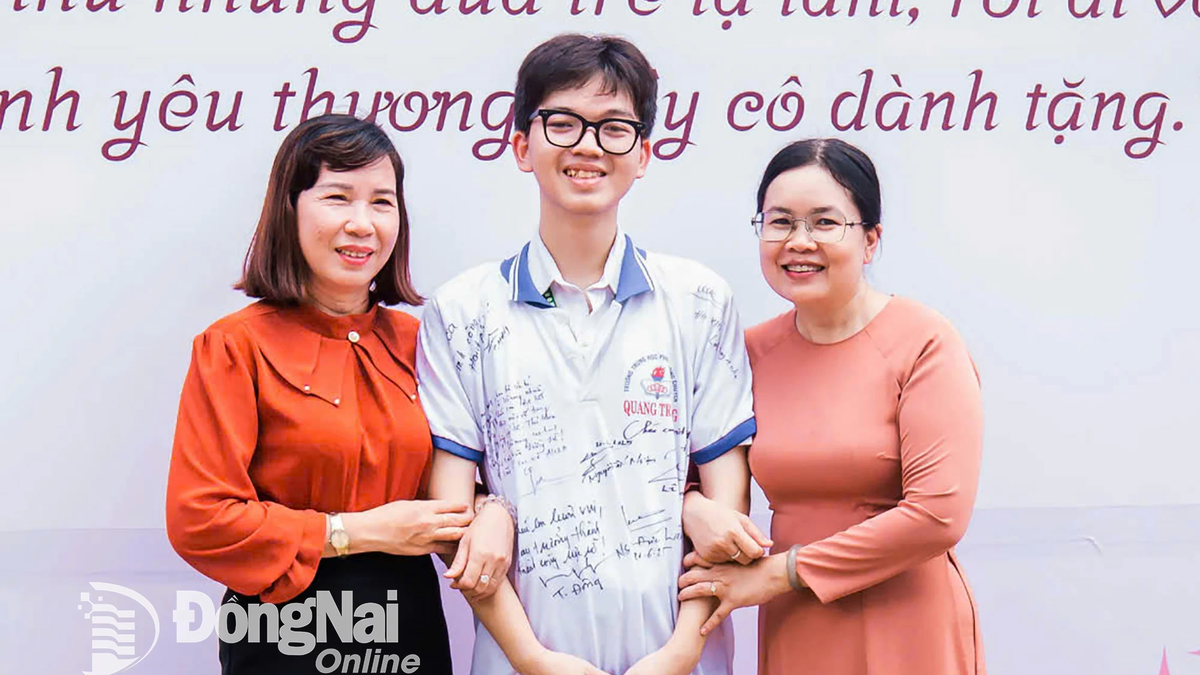

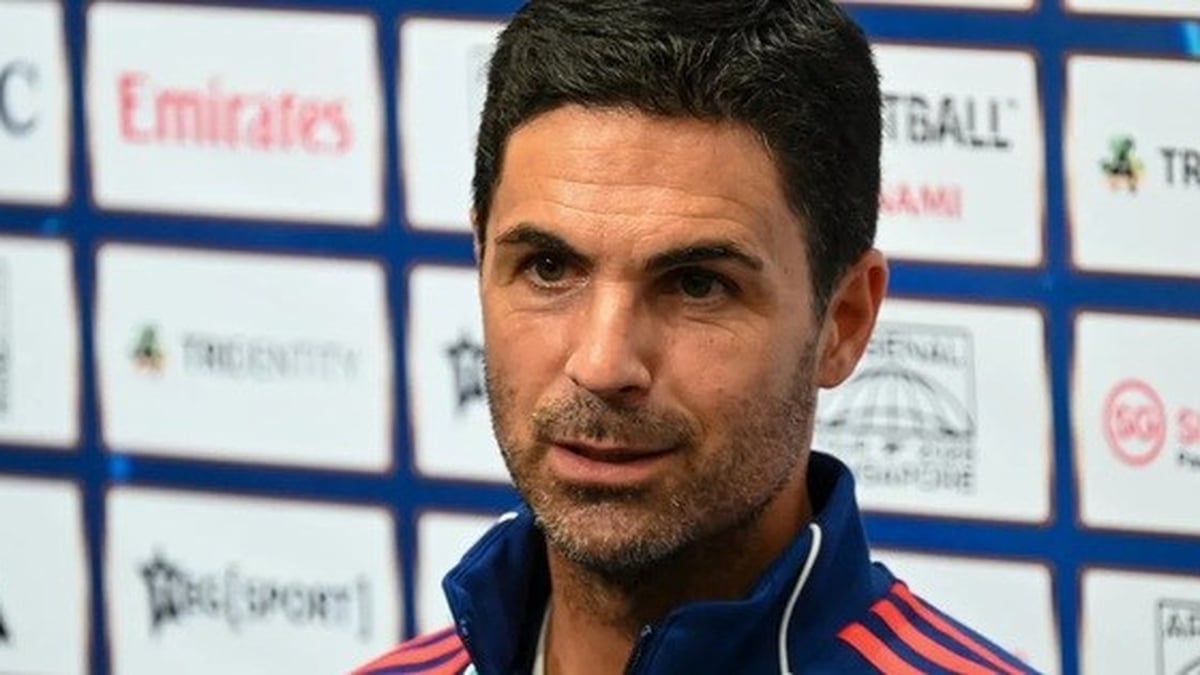
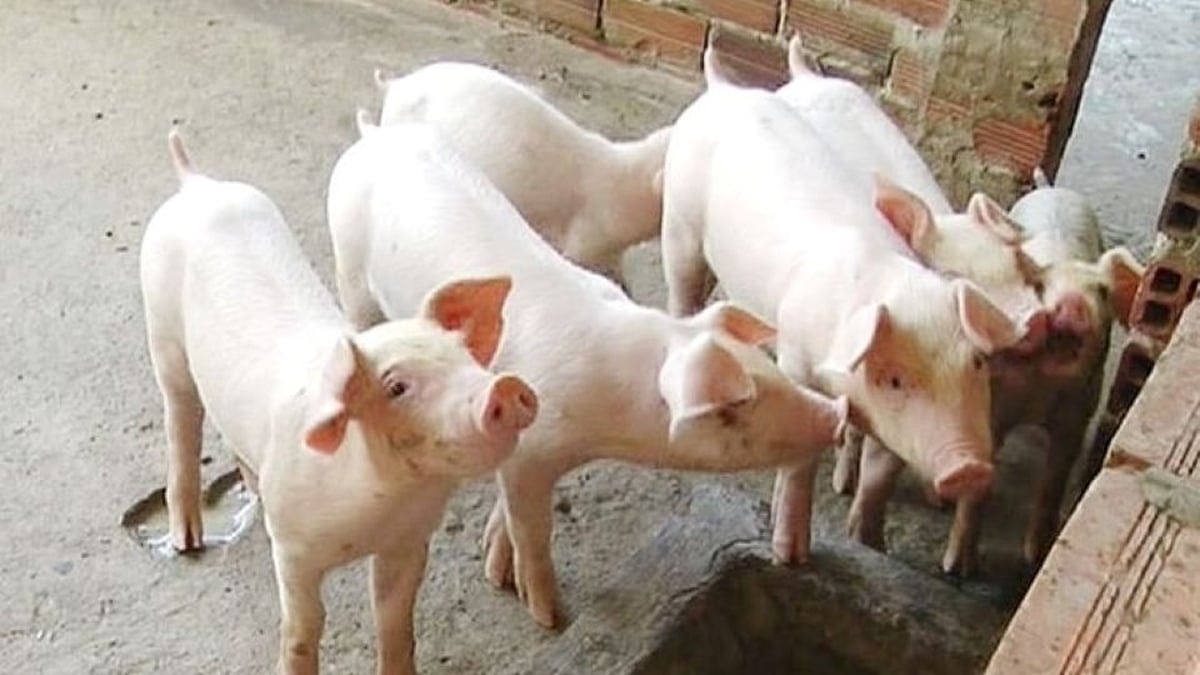
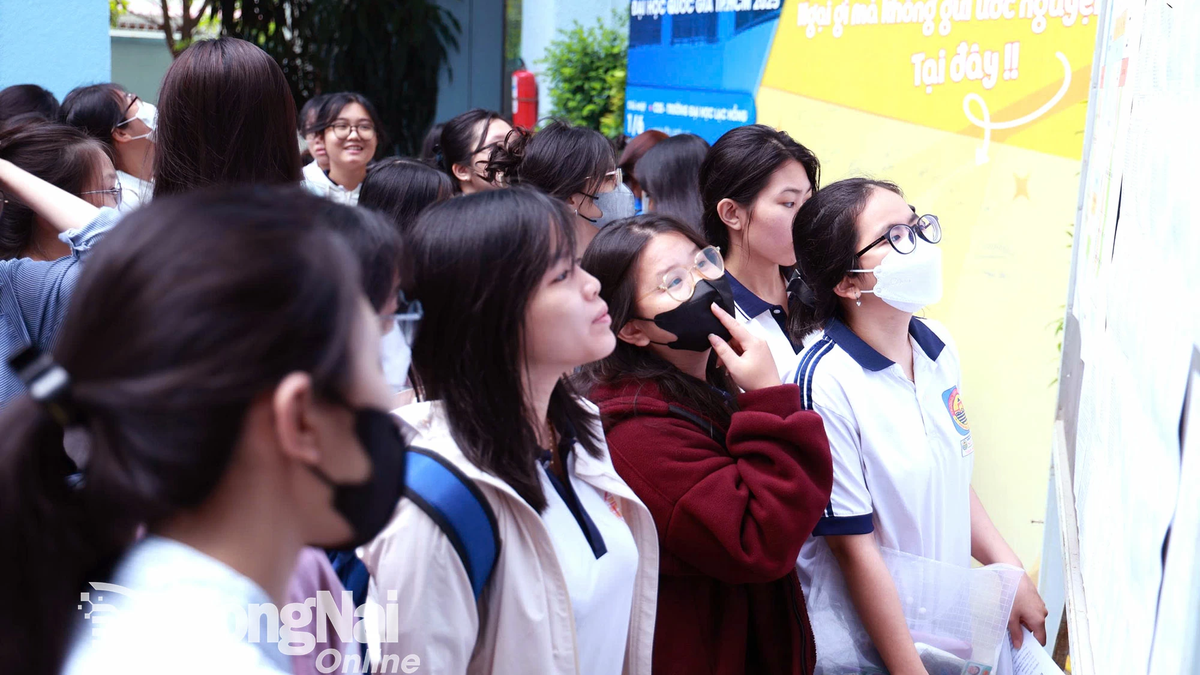
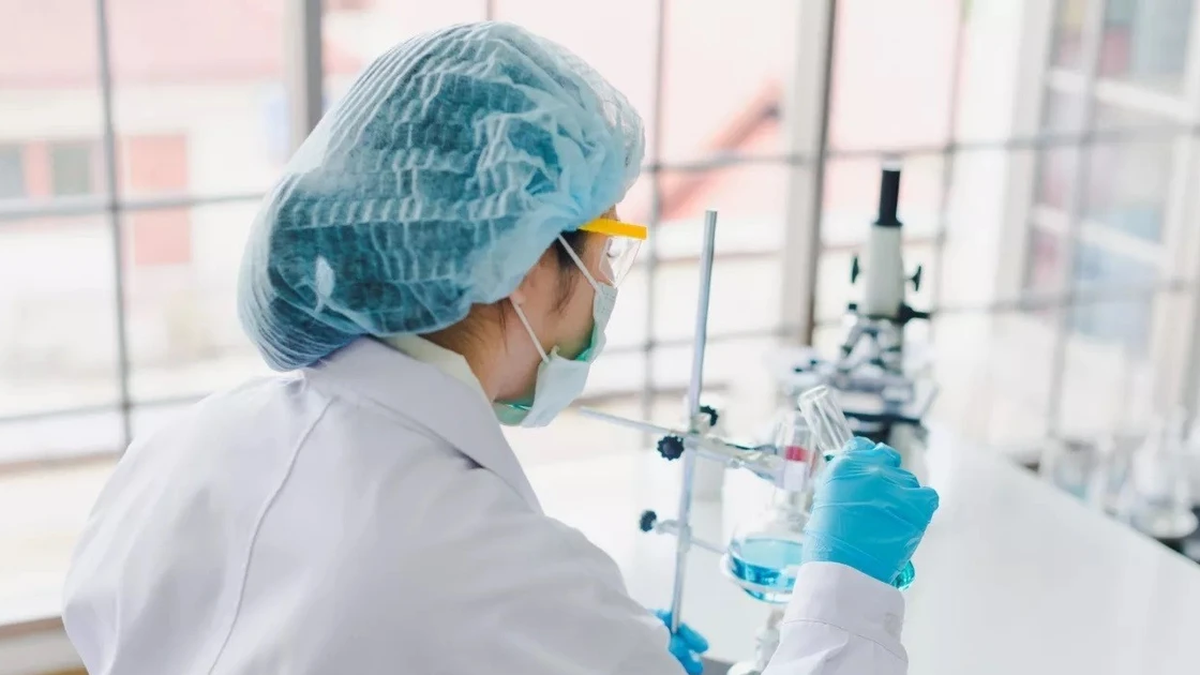

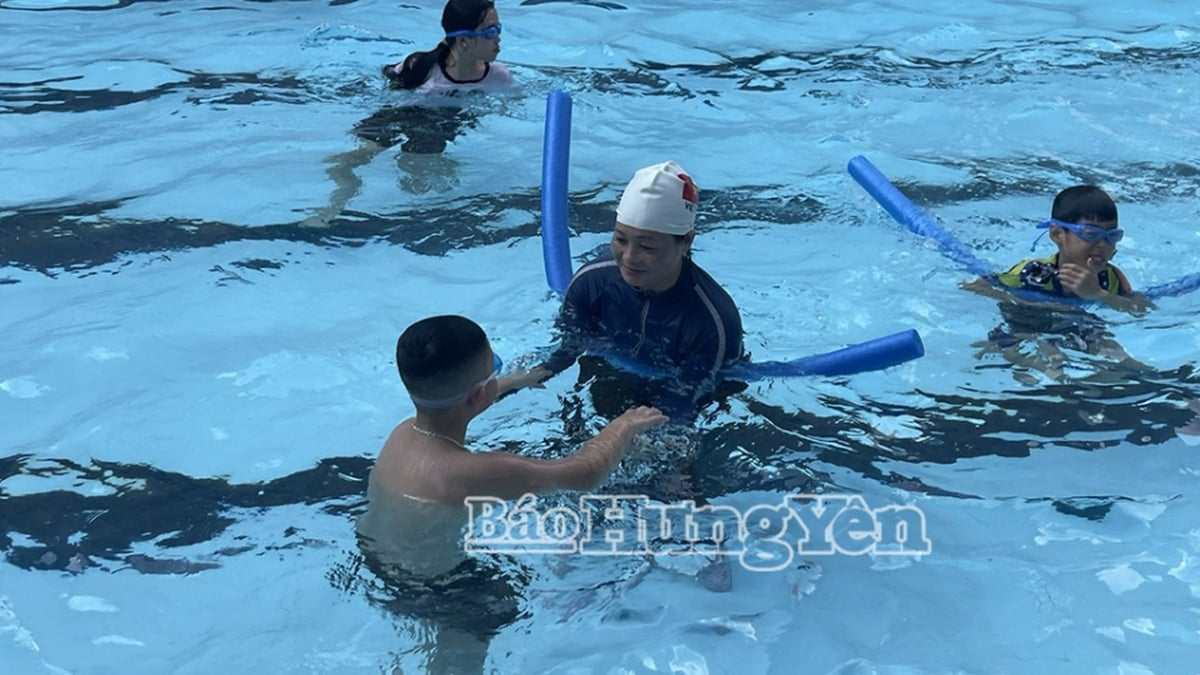














![[Photo] National Assembly Chairman Tran Thanh Man visits Vietnamese Heroic Mother Ta Thi Tran](https://vphoto.vietnam.vn/thumb/1200x675/vietnam/resource/IMAGE/2025/7/20/765c0bd057dd44ad83ab89fe0255b783)






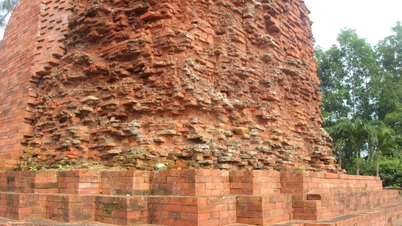













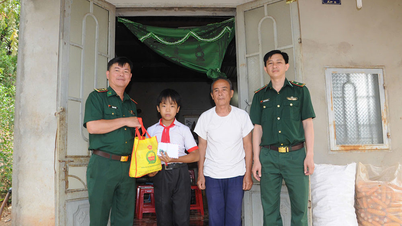

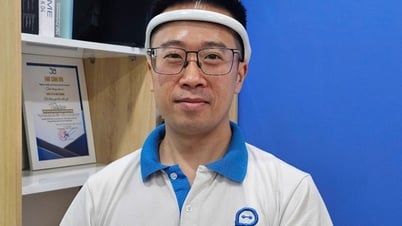

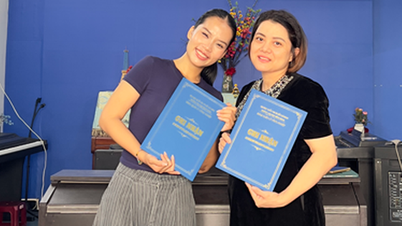
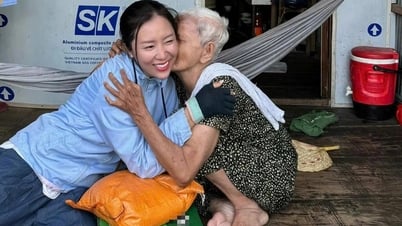



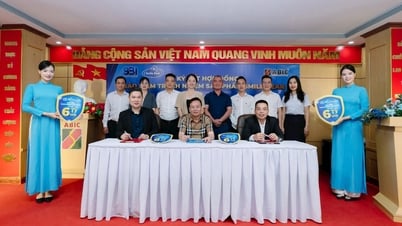









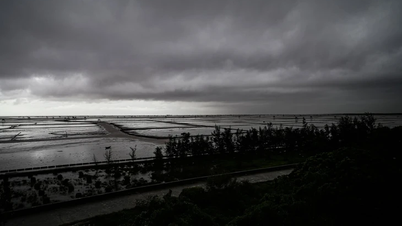

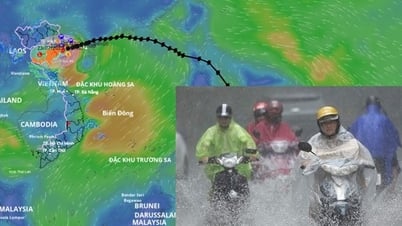

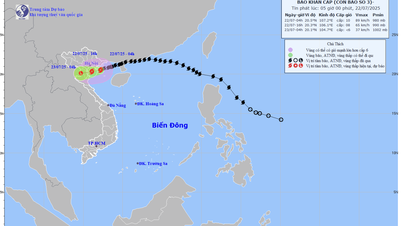

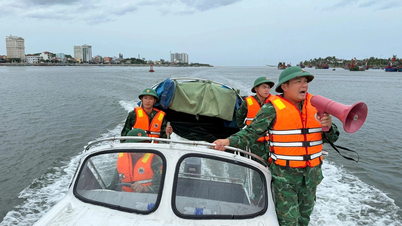

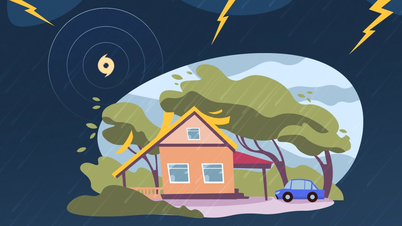



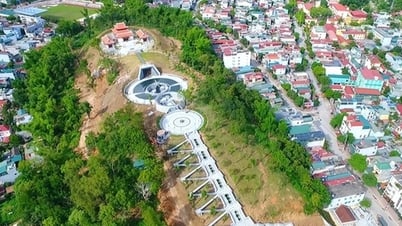
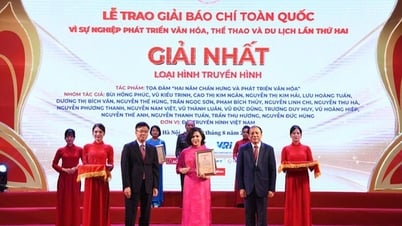
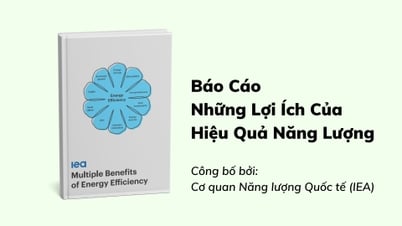

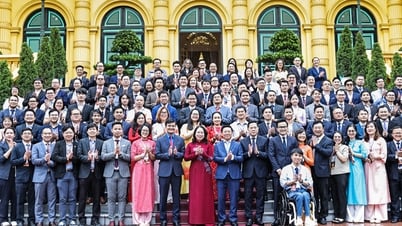

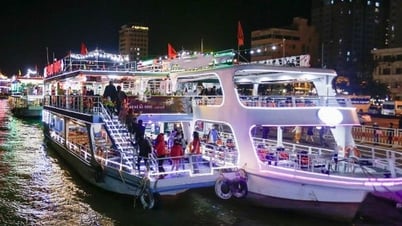


















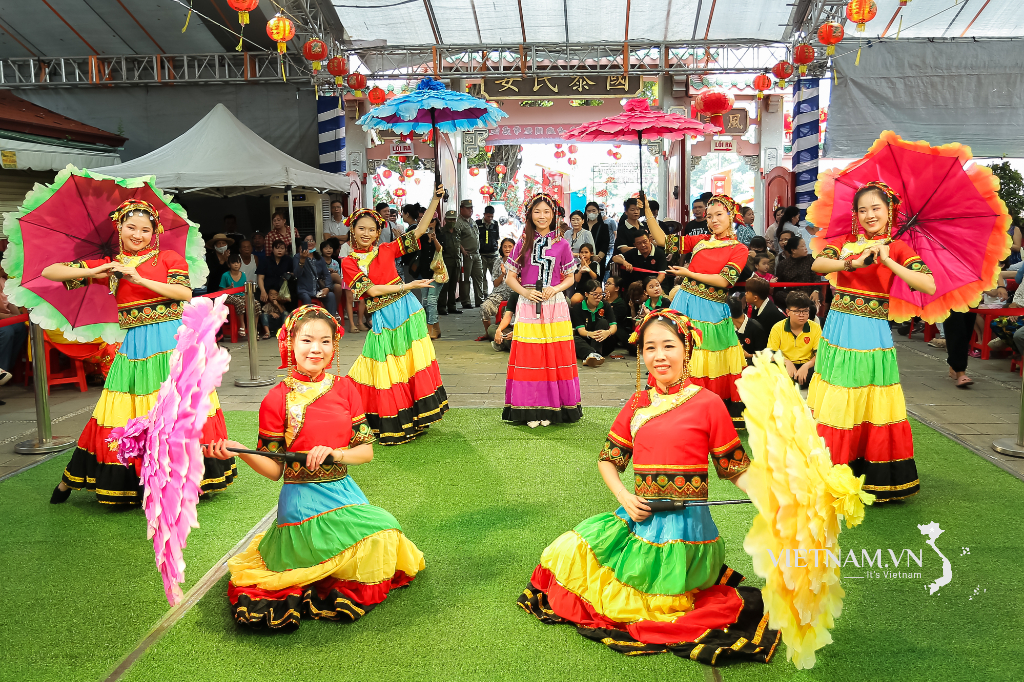
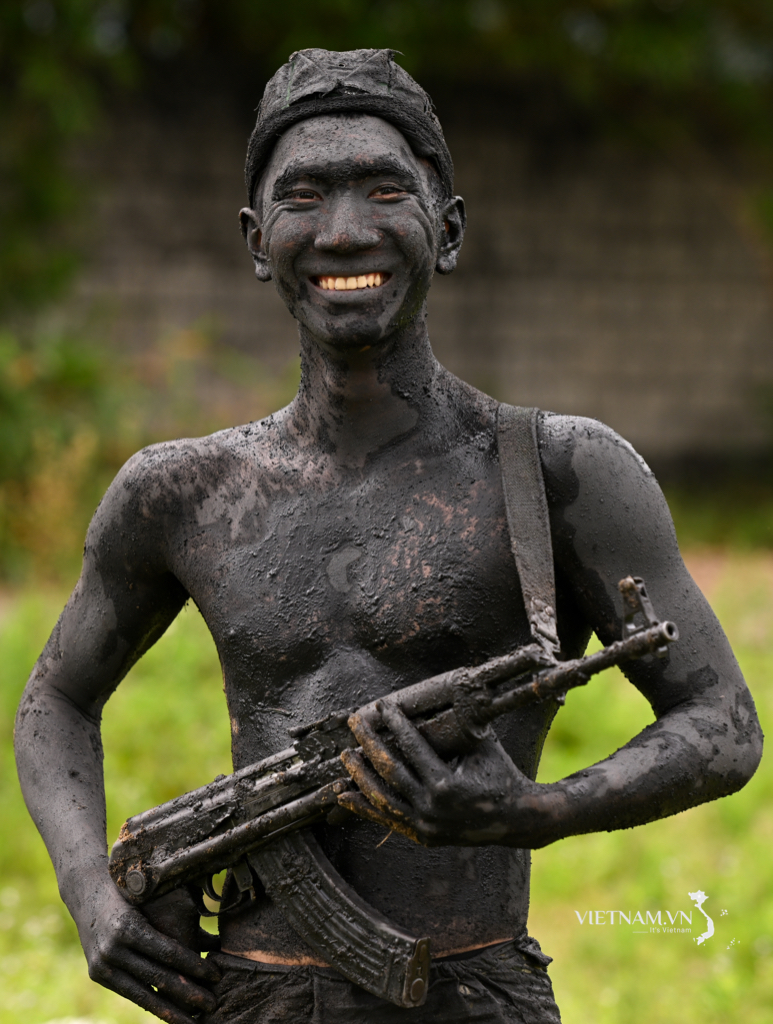
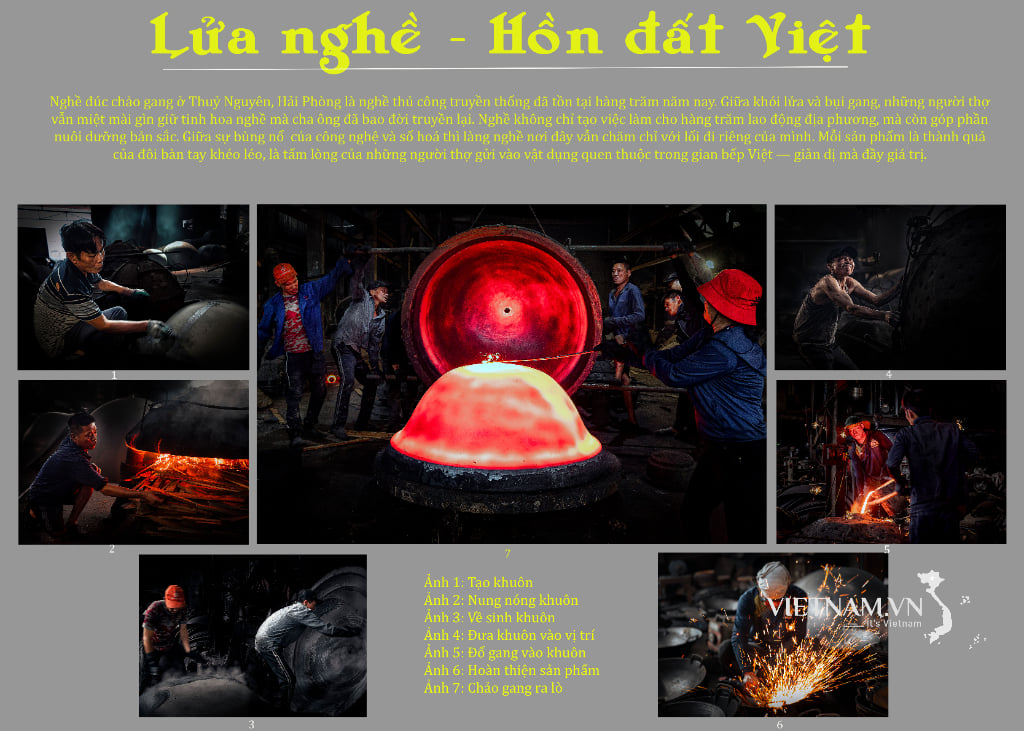
Comment (0)